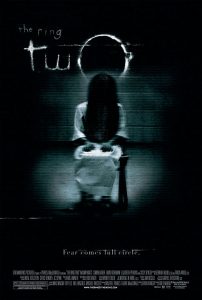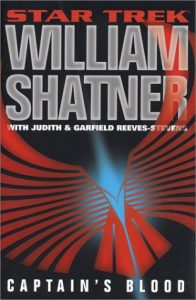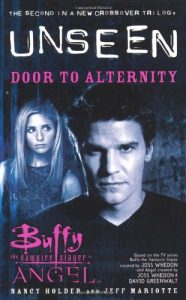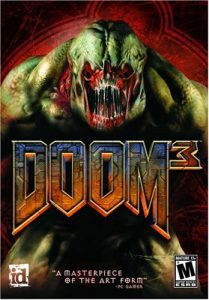 I finally got out to a movie again, which is nice, because I was starting to feel bad about how few I’ve seen this year. (Barely more than one per month!) Despite the overcrowded and subsequently hot theater, I went for the one I wanted to see the most out of my available choices, The Ring Two. The title really bothers me, and I don’t know why. Is it because it’s too short or monosyllabic to have the number appended? Is it because it’s written out instead of numeralized? Maybe it’s just because the posters with Two written out and the o matches the Ring imagery from the original movie is so brilliant that any other vision of the title pales by comparison. Seriously, good poster. I kinda wish I collected movie posters. Perhaps once I have a bigger house I’ll make a poster room, and spend a lot of unnecessary money on eBay.
I finally got out to a movie again, which is nice, because I was starting to feel bad about how few I’ve seen this year. (Barely more than one per month!) Despite the overcrowded and subsequently hot theater, I went for the one I wanted to see the most out of my available choices, The Ring Two. The title really bothers me, and I don’t know why. Is it because it’s too short or monosyllabic to have the number appended? Is it because it’s written out instead of numeralized? Maybe it’s just because the posters with Two written out and the o matches the Ring imagery from the original movie is so brilliant that any other vision of the title pales by comparison. Seriously, good poster. I kinda wish I collected movie posters. Perhaps once I have a bigger house I’ll make a poster room, and spend a lot of unnecessary money on eBay.
So, yeah, there’s this movie. The first one was really scary, despite the ridiculous premise that people are still watching anything on videotape. As the movie opened, and I know it’s only supposed to be six months later by plot, but it’s been several years in real life, and also the kid is the same actor, so he looks several years older, and my point here is even if I could handle it in 2002, no way am I going to buy into the videotape thing in 2005, and as the movie opened I was already rolling my eyes. (Also: I was starting to think that opening night is a bad time to see a horror movie, because too many people were too amused, but that faded at the same time my eye-rolling did, so I instead take this as proof that the rest of America agrees with me on the ridiculousness of anyone watching a videotape, or probably even owning a VCR.) Luckily, the people making the movie seemed to get that, and the plot unleashed the scary drowned spider girl into a different, somewhat less scary[1] but more emotionally resonant and symbolism-filled world.
Symbolism and to spare. Lots of iconic ring and related images to be found all over the place. (I can’t go into detail there without spoiling the first movie.) Lots of water imagery. A distorted reflection of the maternal themes in Aliens, which now that I think about it was also less scary but more emotionally resonant than the movie it was a sequel to. I like this thing where horror movies are deep, but still manage to get in the scary cinematography, oppresive musical score, and sure, occasional cheap thrill. It’s kind of like science fiction in the literary world, in that there’s room to explore pretty much anything you can imagine, yet it’s all lumped together in one critically dismissed (although increasingly less so, in both cases) category based strictly on a setting that everyone assumes isn’t adult enough to care about.
Scary? Sure. Good plot? For the most part, although I still don’t really get what it is that Samara actually does to her victims. I think this is a Japanese horror trope, the idea that you can be scared to death without worrying about what was so scary, so I’m willing to let it go. It is creepily effective, so it’s easy to not mind. Extras for people who just want to see boobies and cameos? Naomi Watts is the star of a movie filled with water-related events, so you do the math there. Also, Bingo Bob has an amusing turn as a real estate agent. (And gets fourth or so billing out of basically a cameo-sized appearance, which surprised me; but the cast is small and therefore more personal, which is a good thing for the story as written.)
[1] With the exception of Halloween 2, all horror movie sequels are less scary. And it’s only as scary, because no horror sequels are more scary than the original. Can’t be done.
 Along with some equestrian obsession I don’t fully understand and a successful re-invention of himself as a kitsch icon, Bill Shatner (yes,
Along with some equestrian obsession I don’t fully understand and a successful re-invention of himself as a kitsch icon, Bill Shatner (yes,  If you’re in any way interesting, you don’t remember that
If you’re in any way interesting, you don’t remember that  So, after that long Half-Life detour, I finally did get around to playing
So, after that long Half-Life detour, I finally did get around to playing  When I first saw the preview for
When I first saw the preview for